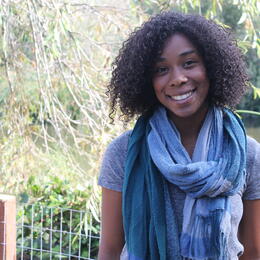My climate story goes back to the early 80s on the Ramah Navajo Reservation. I remember long cold winter months with lots of snow and cool summer days. One winter, it snowed so much that the National Guard had to send food for us via helicopter. We had been snowed in and could not get out. Summers were spent helping my grandparents; caring for livestock and visiting the watering holes with my siblings and cousins. I remember fields of greenery and lots of rainfall during the monsoon seasons. I also remember seeing an abundance of water fowl and other bird species near these watering holes.
Now when I visit these locations, there are no watering holes to watch water fowl, only dust blowing in the wind. The ground is so bare in some places due to overgrazing by cattle and sheep that the vegetation may never come back. Most windmills on the reservation are no longer in use because the wells have dried up and the cost of maintaining or drilling a deeper well is not in the budget for a community that is already strapped for cash.
It weighs heavy on my heart knowing that such drastic changes happened in a short period of time and it’s hard to gauge what will happen in the future for those who raise livestock for income. I think more money is spent on keeping animals fed throughout the year by buying hay and using electricity to drive a pump that will fill the water troughs. I only hope that it will get better in the future and we can only do that through education.




